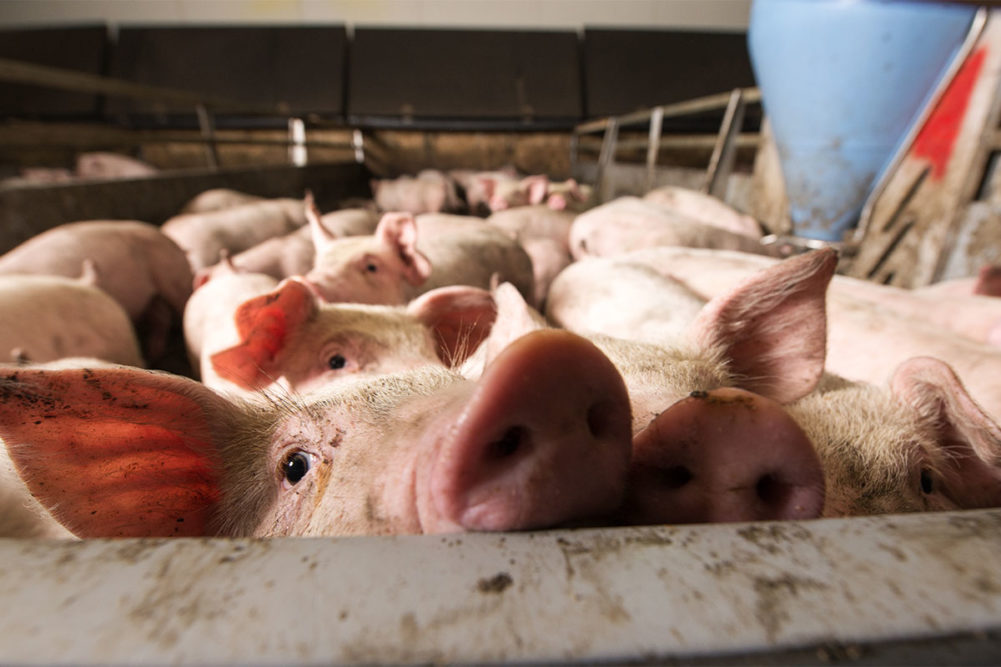UTRECHT, NETHERLANDS — Global pork trade is seeing an increase in competition among major exporters, according to a recent Rabobank report. With growing global pork consumption anticipated through 2030, ongoing opportunities for pork trade will be available.
The shifting competitive landscape follows a tumultuous past five years that included animal disease outbreaks, geopolitical headwinds and a global pandemic.
Low-cost pork producers like Brazil and the United States will likely have an advantage in trade. Meanwhile, Rabobank expects Europe’s position to weaken as market and regulatory requirements regarding animal welfare and sustainability tighten.
As disease-related challenges continue to plague the pork industry, mitigation efforts and trade policies will play a vital role in the market success of countries.
After African swine fever (ASF) first appeared in Asia in 2018, pork trade experienced a surge in exports. In 2018, global pork trade amounted to 9.7 million tonnes and grew to 12 million tonnes in 2021. As herds in China, the Philippines and Vietnam were decimated, pork imports grew in demand. The following year, in 2022, exports dropped down to 11 million tonnes.
“African swine fever continues to impact importing countries in Asia directly and European exporters indirectly through trade restrictions, reshaping global trade patterns,” said Eva Gocsik, senior analyst of animal protein at Rabobank.
Currently, some countries are experimenting with gene editing and vaccines that could give them a competitive edge.
Driven by affordable feed and access to key markets, the United States and Canada have been able to maintain low-cost pork exports. Rabobank noted that ongoing consolidation and sustainability initiatives may raise the value of US and Canadian pork over time.
Europe will likely begin to see an increase in production costs as the region demands added animal welfare and sustainability investments. Rabobank reported an anticipated 8% decline in pork production for European countries.
A key player in global pork trade to come is Brazil. Last year, Brazil was the second-largest supplier of China’s pork imports, holding 24% of the nation’s total imports. Likewise, Brazil is highly dependent on China, considering China represented 51% of total Brazilian exports in 2022.
“Brazil has benefited from recent developments in global markets in this regard, and it’s emerging as a remarkable player,” Gocsik said. “Despite an increase in production costs, Brazil maintains its production cost advantage over European exporters in particular.”
China has begun to wean itself off reliance on other countries for pork supplies. In 2022, China’s pork production rebounded to pre-ASF levels of 56 million tonnes, and it achieved 95% self-sufficiency. China’s annual pork imports are expected to stabilize to around 2.5 million to 3 million tonnes.


